Last week's expose on the World War II tanks traps hidden deep in forest near Cathcart, south-east of Cooma prompted a bulging mailbag.
Most correspondence reflected the sentiments of Jeremy Stokes of Braddon who was "surprised" that the timber post obstacles were placed "so far from the coast", and further, "given they are there, why they are not protected in some way".
I'm just relieved the war-time relics are still standing, for the Black summer bushfires of 2019/2020 burnt through large swathes of the surrounding bush.
However, as foreshadowed last week, the tank traps were only part of a 'military complex' strategically built by the 15th Battalion of the Volunteer Defence Corps (VDC) on and around the Big Jack Mountain Road to prevent any potential advance of Japanese forces from the coast. Should an invasion occur, a scorched earth policy was planned with the aim of moving livestock and people further inland.
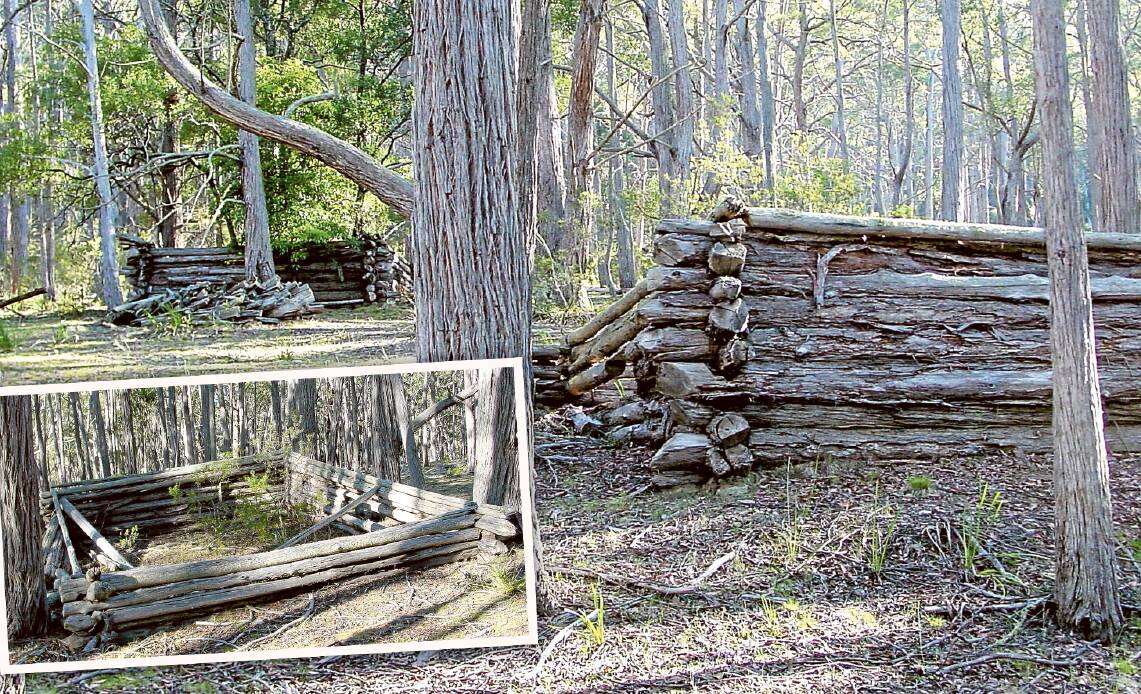
According to records held by the NSW Parks Service, which along with State Forests NSW now manages much the area, there were also two fox holes (small dugouts to shelter one or two people, at a hairpin corner of Big Jack Mountain Road) and a wooden fort built on top of the mountain.
According to one of these documents, a 2009 Heritage Inventory, "the fox holes were dug out bunkers and tunnels, approximately 1.2-metre high, shored up with timber, sited where there was a high bank above and below, the purpose of which was to fill with explosives and trap a Japanese convoy in between."
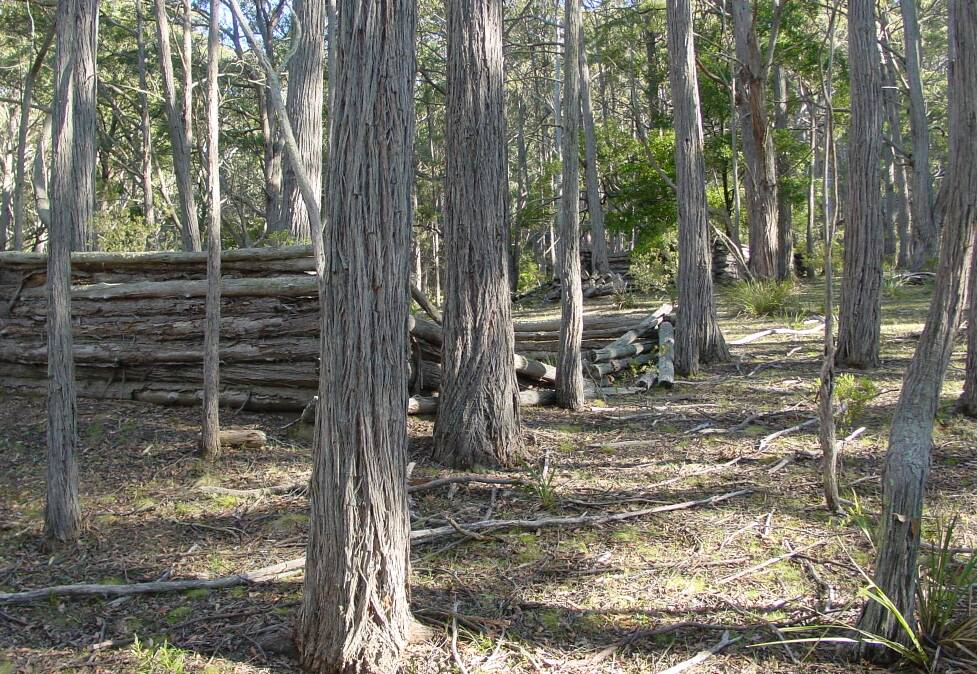
Sadly, around the turn of the century, the fox holes succumbed to soil erosion and land slips and are no longer visible. But what about the forts, did they survive the flames of the Black Summer fires?
On hearing of my quest to find the forts, Dave Goodyer, a history enthusiast from nearby Bombala, dug up some 2007 photos of the site that clearly show several small "forts" carefully crafted from logs still in good condition. They are surrounded by zig-zag trenches, now partially filled with sediment.

According to the 2009 inventory, the VDC initially camped at Racecourse Lake at Cathcart and marched the 10 kilometres each day out to the mountain to work on the fortifications. However, at some point some of the men were stationed more permanently on the mountain, possibly at the fort.
Being stationed at or near the fort would have been critical for the men to undertake their duties which were outlined in "SECRET Operational Plan" dated September 10, 1942, should an invasion occur at Eden.
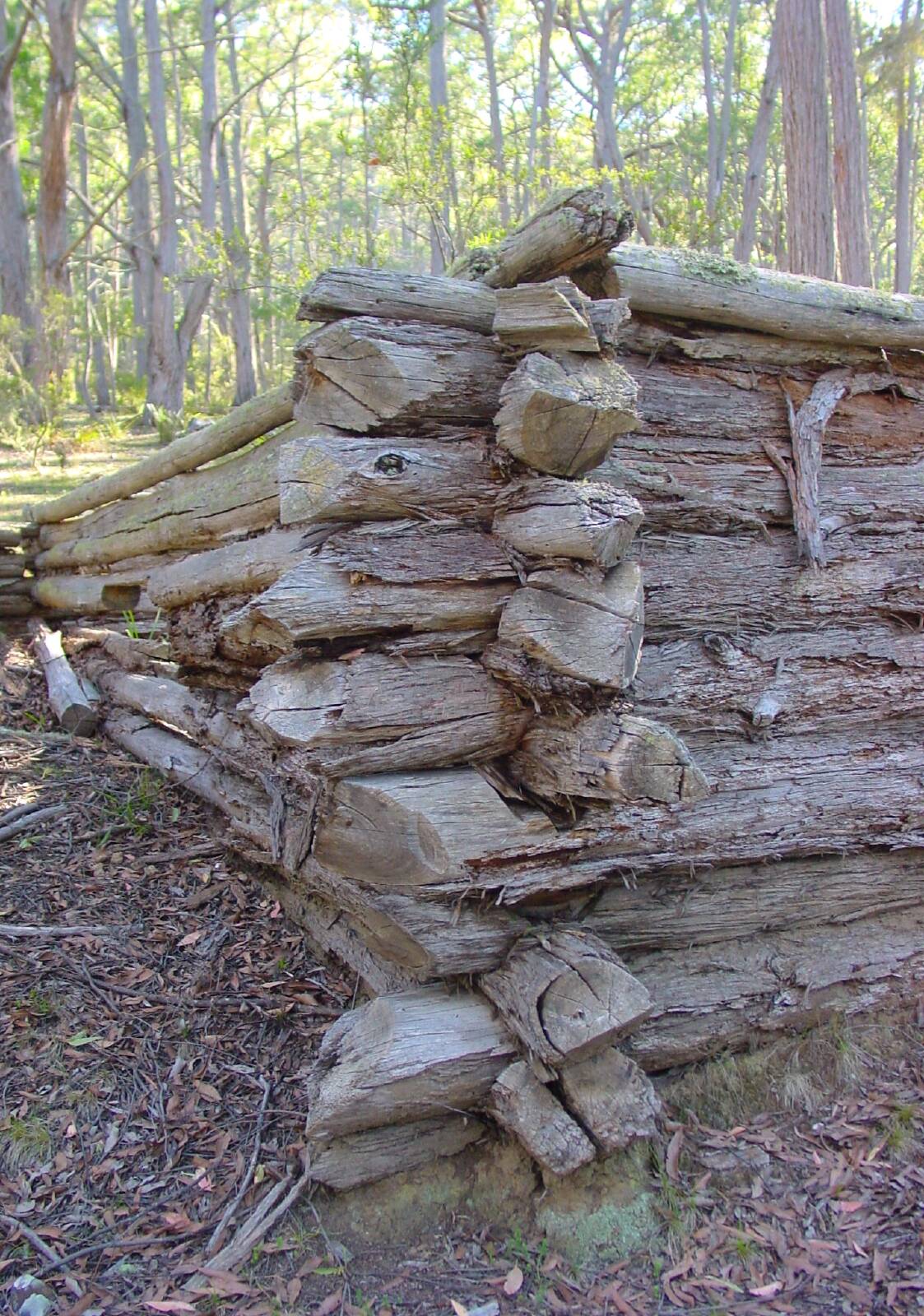
The plan, since declassified, instructed "if enemy convoy was reported east of NSW (approx. 24 hours' steaming distance) and approaching coast with probable intention of landing troops, the 15th Battalion will supply information of movements of enemy troops; harass enemy by Guerrilla tactics and man road blocks at Big Jack Mountain".
But Goodyer doesn't hold out much hope we will find them still standing.
"The fire went right through there in February 2020," he says, pointing on a map to an area of state forest where the forts are located.
As an indication of how much the forts are off the radar for most, despite being four years after the fire, a ranger in Bombala was unable to confirm whether the forts were destroyed by fire. "It's an area not many people ask about, let along travel to," she says.
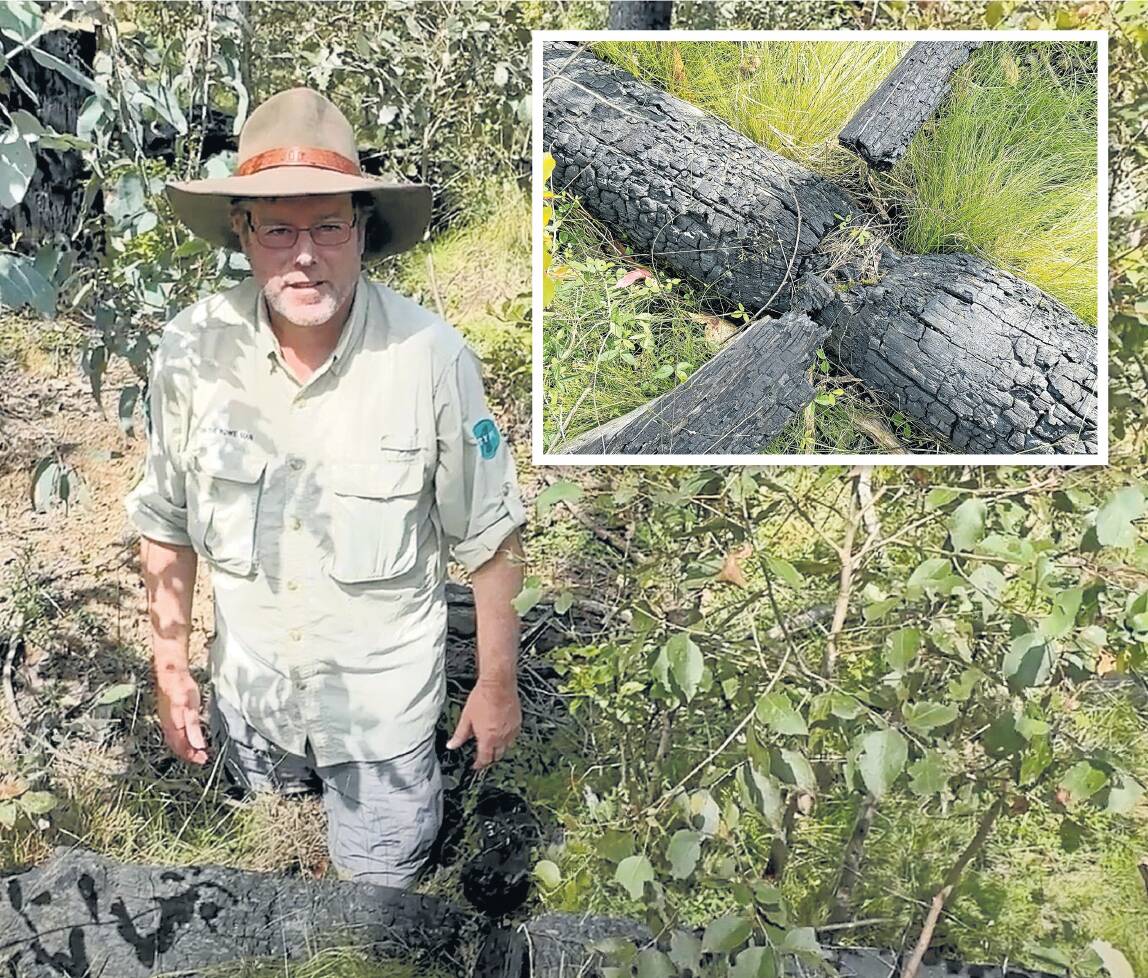
There's only one way to find out. My partners in crime Lisa and David Hanzl jump in the back of the Yowie mobile and we head towards Big Jack Mountain.
"Gee, we could have done with a machete," exclaims David as we scramble up steep slope that leads to the fort site.
The fire has clearly burnt hot through here, and subsequent above average rainfall has resulted in dense regeneration.
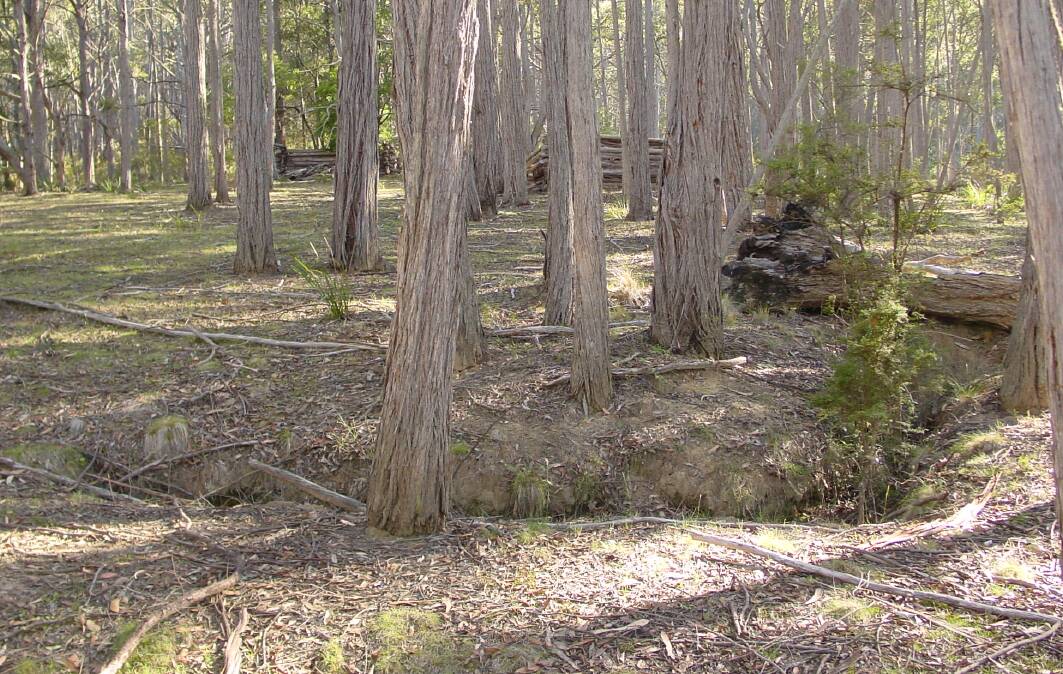
Near the top of the mountain and armed with Goodyer's historic photos we attempt to find the location of the fort. But due to the regrowth, we can hardly see a hand in front of us, let alone any wooden structures.
After an hour rummaging around the area where the forts once stood, it's clear that the fire destroyed them.

All we find is an old 44-gallon drum and remnants of the burnt logs at what once would have formed the corners of one of the forts.
I'm unaware of any other surviving wooden forts on our South Coast escarpment, let alone in Australia. It's disappointing that most of the tangible evidence of this extraordinary chapter in our history when the government and community viewed that Japanese invasion during the war was imminent, has all but vanished.
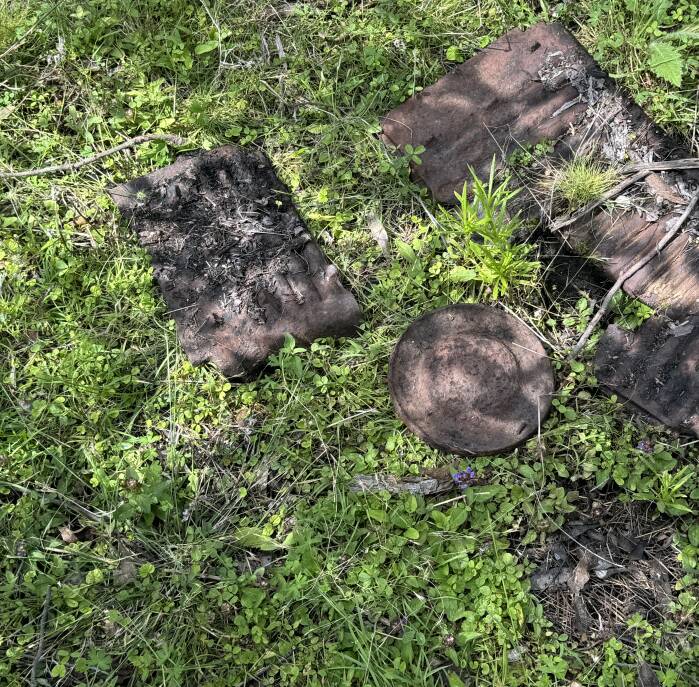
A 15-year-old report by a consultant on the former 'military complex' including both the tank traps and forts advised "maintenance is fundamental to conservation and should be undertaken where the fabric of significance and its maintenance is necessary to retain its integrity."
Sadly, the fire put pay to any maintenance that may or may not have occurred on the site since that report.
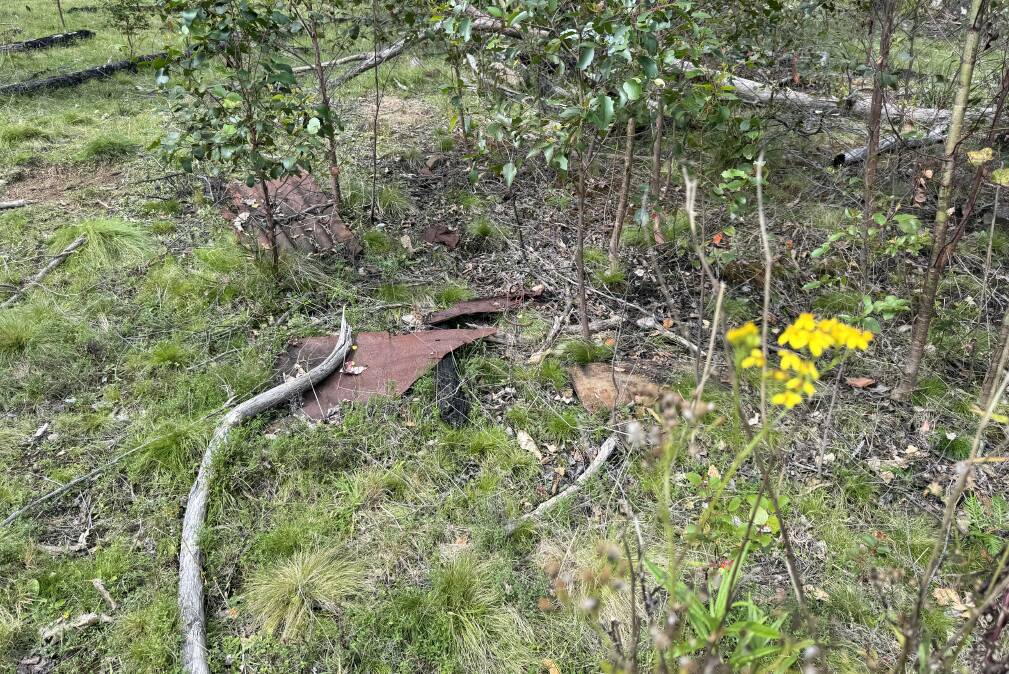
Did You Know?
The Volunteer Defence Corps (VDC) formed in July 1940 and was run by the government and the Returned Services League (RSL) and led by distinguished members of the Australian Imperial Force (AIF) who were too old for front-line service. They trained for guerrilla warfare, collected intelligence, and prepared for the defence of each unit's home area. The government supplied weapons and from 1941 also standard army uniforms.
Rocky Hall is a tiny settlement on the coast side of Big Jack Mountain. In the late 1800s it boasted two pubs, and a post office. But even in its heyday it was almost as little known as it is today.
Following the outbreak of World War I, Ronald (Ron) Whitby was one of many local farmers who rode their horses into Bega to enlist.
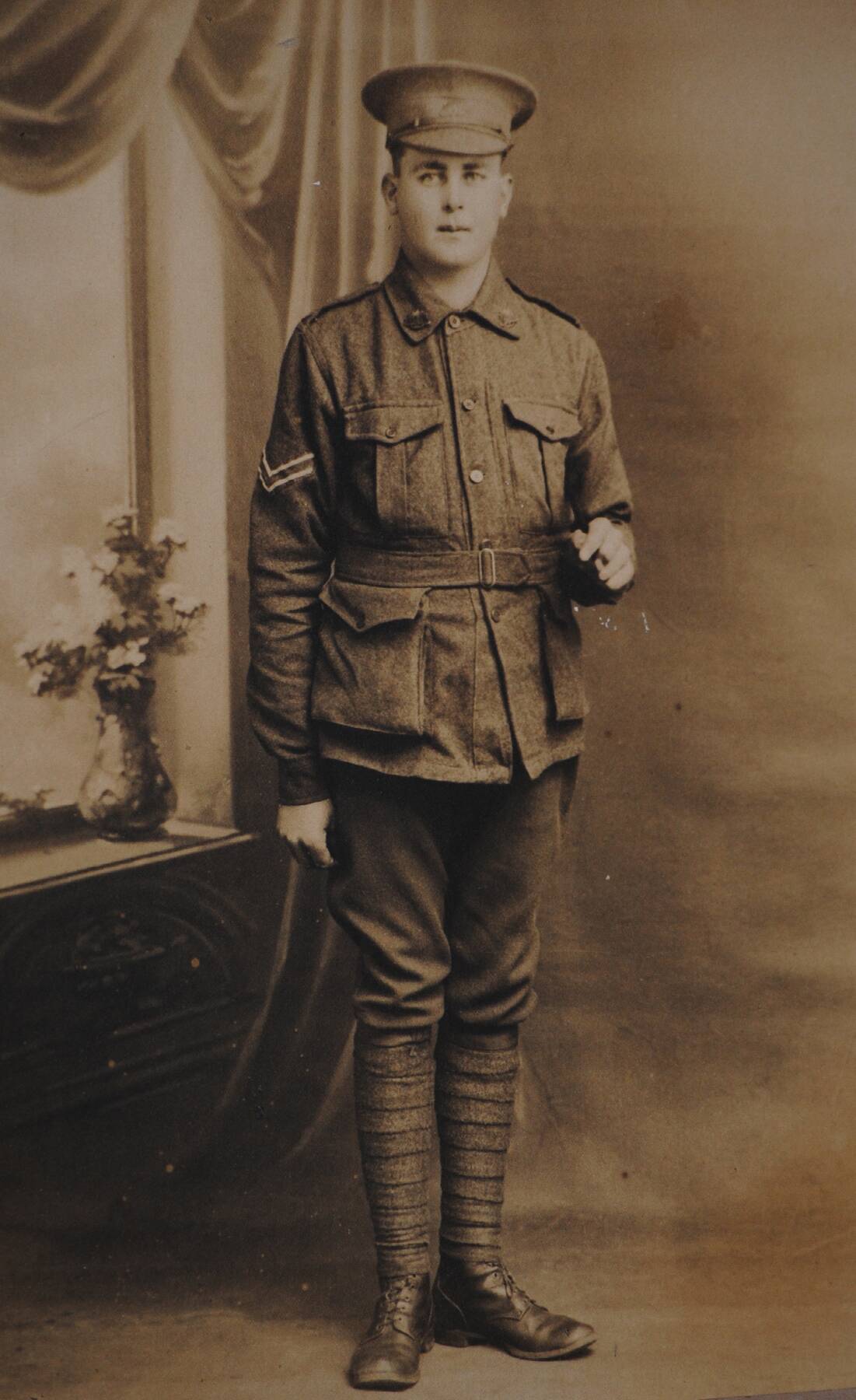
Towards the end of the war, Ron was in France guarding a troop of surrendered soldiers, including one German who annoyingly kept turning around and looking curiously at Ron.
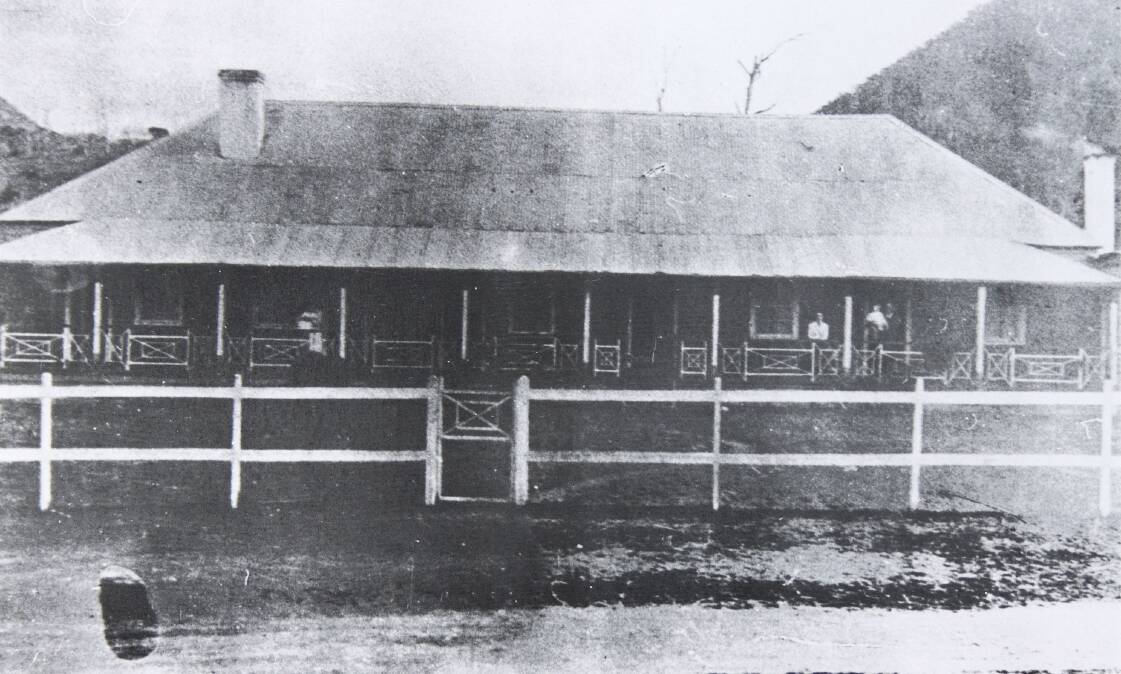
Nervous he might be trying to distract him to allow others to make a run for it, Ron hollered "Stop turning around!"
But instead of obeying orders, the recalcitrant German approached Ron and exclaimed in perfect English "I know you".
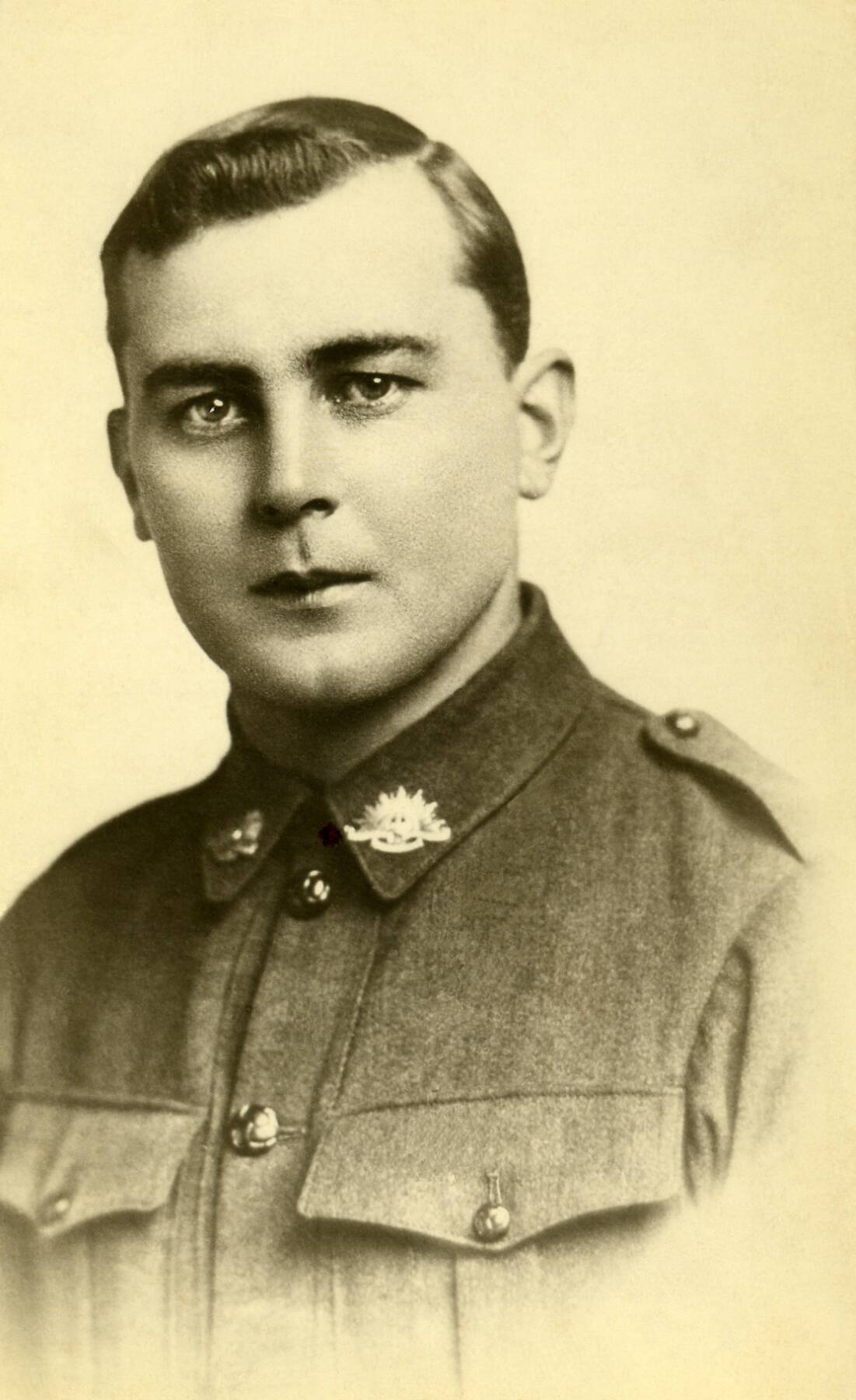
"That's not possible, I'm from a small place you've never heard of," explained Ron to which the German promptly quipped, "Does Dan Grant still run the Rocky Hall Pub? I've played cards there".
It turns out that prior to the war the German was a travelling salesman in Australia, and that he'd returned to Germany just in time to be conscripted.
Wendy Whitby reveals the remarkable story was passed down to her from her late father Fred (Ron's nephew). "I don't doubt to the best of dad's knowledge it was true, dad wasn't the sort of person to fabricate stories".
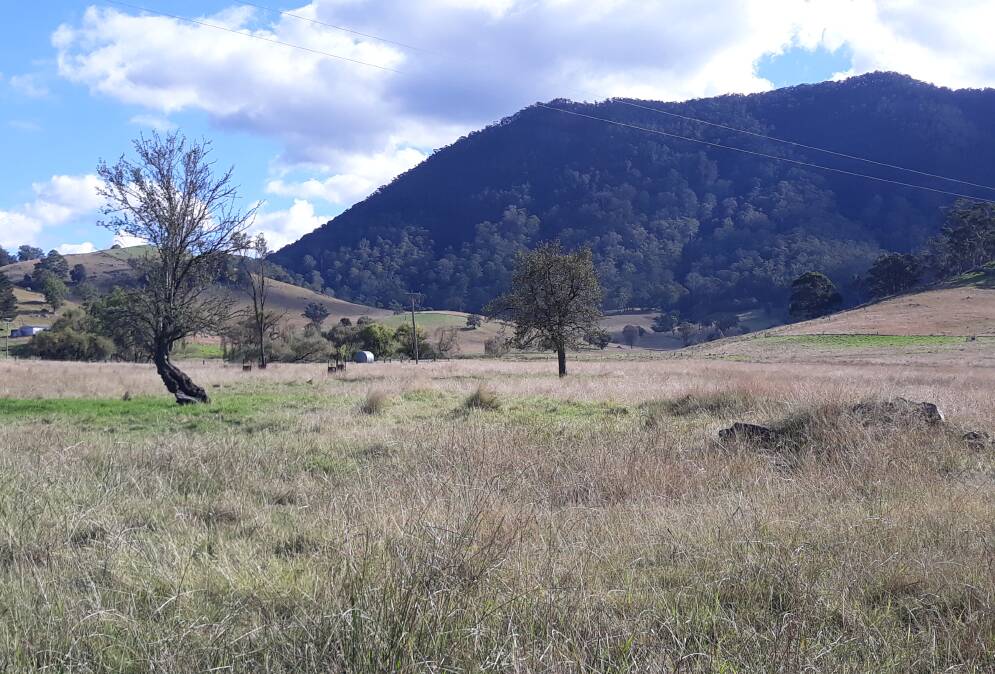
Meanwhile Dale Hummer, one of Ron's granddaughters advises, Ron eventually moved to Canberra and during World War II enlisted in the Voluntary Defence Corps. "He loved being part of a new city rising out of the Limestone Plains," she says.
As to the infamous pub, it stopped trading several years after World War I and was then used as a private residence. "Dad told me its roof collapsed on VE Day (May 8, 1945)," reveals Wendy.
WHERE IN CANBERRA
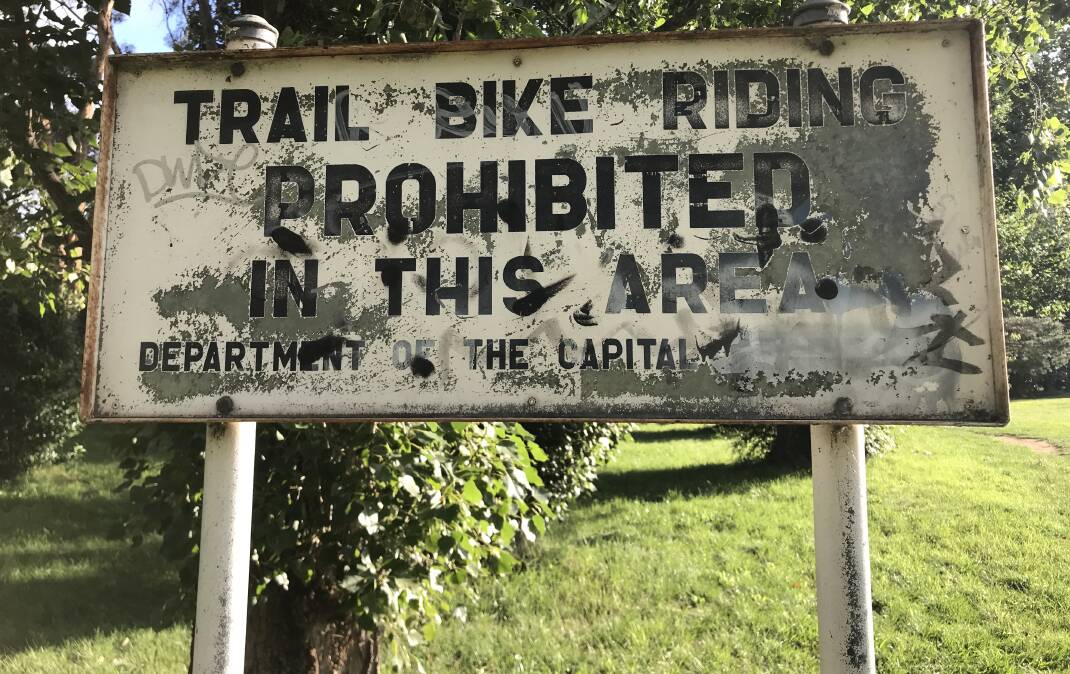
Rating: Hard
Cryptic Clue: Hopefully grammatically correct
How to enter: Email your guess along with your name and address to tym@iinet.net.au. The first correct email sent after 10am, Saturday 27 April wins a double pass to Dendy, the Home of Quality Cinema.
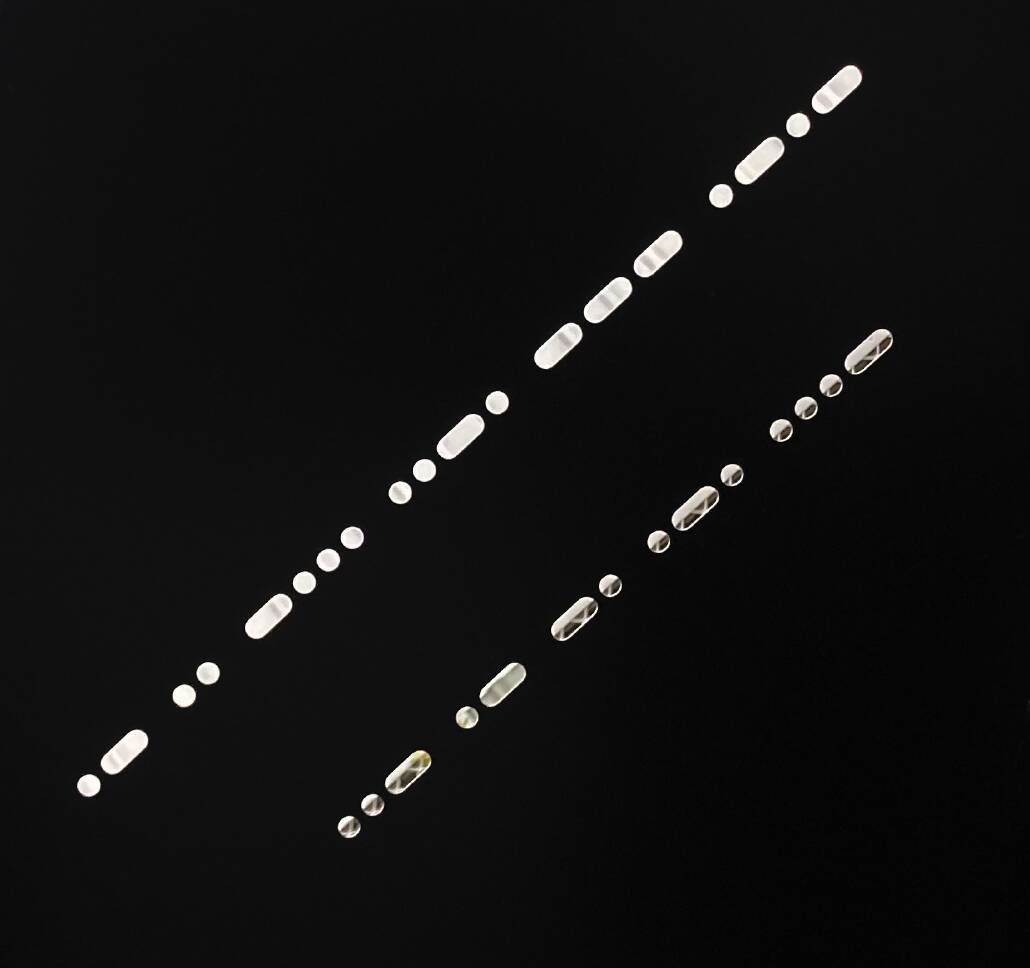
Last week: Congratulations to Jordan Gannaway of Holder who just beat Mark Evans of Griffith to correctly identify last week's photo (inset) as part of the Veterans Sculpture, located on Whittle Street, just behind the Hughes Shops. The sculpture, created by Colonel Richard Berrett, with assistance from the Hughes Community Shed, ADFA Cadets, Council of the Ageing ACT and with funding from the ACT Office of Seniors and Veterans, honours the sacrifice of those who have served in the Australian Defence Forces. The morse code on each panel depicts the names of the military personnel commemorated in the street names in Hughes. If you were trying to make out the morse code, it would have been tough. Colin Whittaker who submitted the photo reveals "I took the photo from inside so that the daylight shone through the holes, so it's actually back to front". Reading it the right way round, it reads COLVIN and BRAND, a reference to Admiral Sir Ragnar Colvin and Major General Charles Brand after whom nearby streets are named.
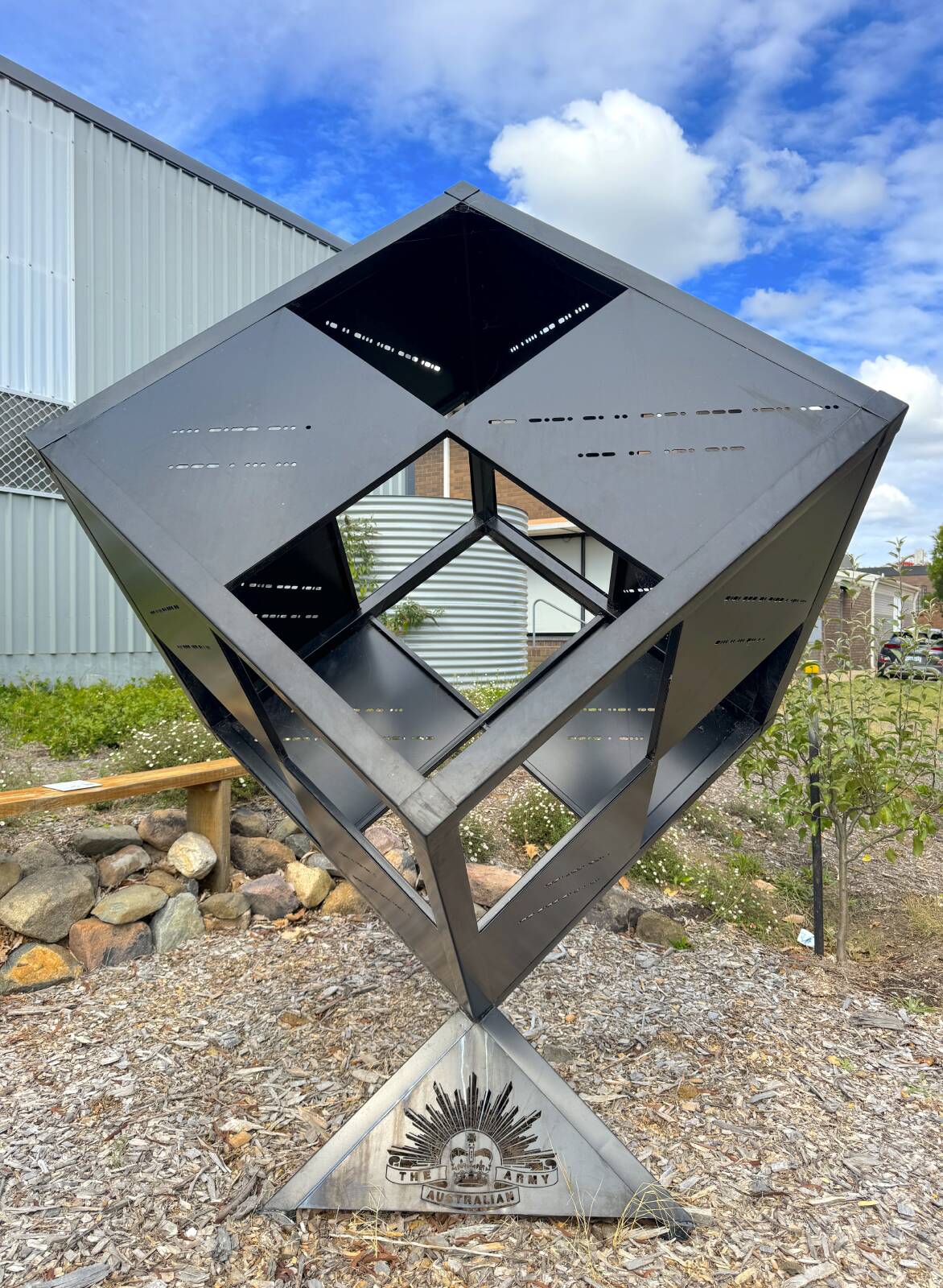
Several readers including Elizabeth Frazier of Kingston thought the morse code may have been a reference to Florence Violet McKenzie (1890 - 1982) who played a prominent role to help establish the Woman's Royal Australian Naval Service (WRANS) during World War II. Affectionately known as "Mrs Mac", there is an interpretation sign about her contribution as signals trainer, engineer, and women's advocate in the park behind the Campbell Shops that was named in her honour late last year.
Did You Know?
Mrs Mac was penpals with Albert Einstein. After discovering he was recovering from gallbladder surgery, she posted him a "get well" letter and boomerang. In response, he sent an autographed photo of himself, and they continued to exchange correspondence until Einstein's death in 1955.
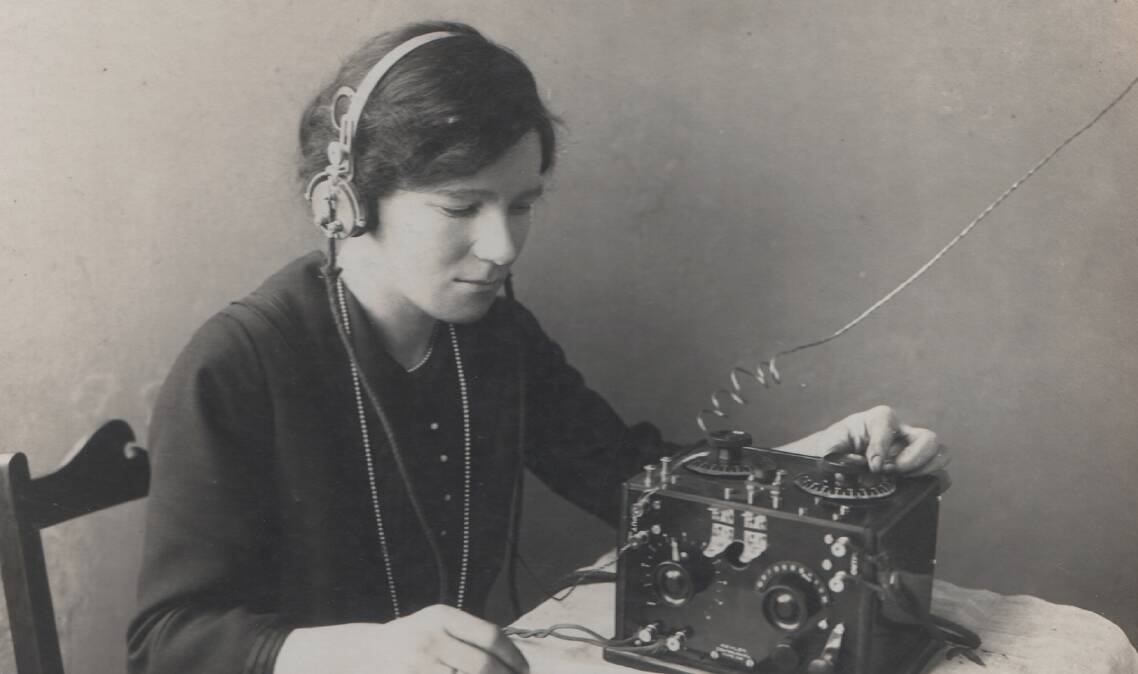
SIMULACRA CORNER
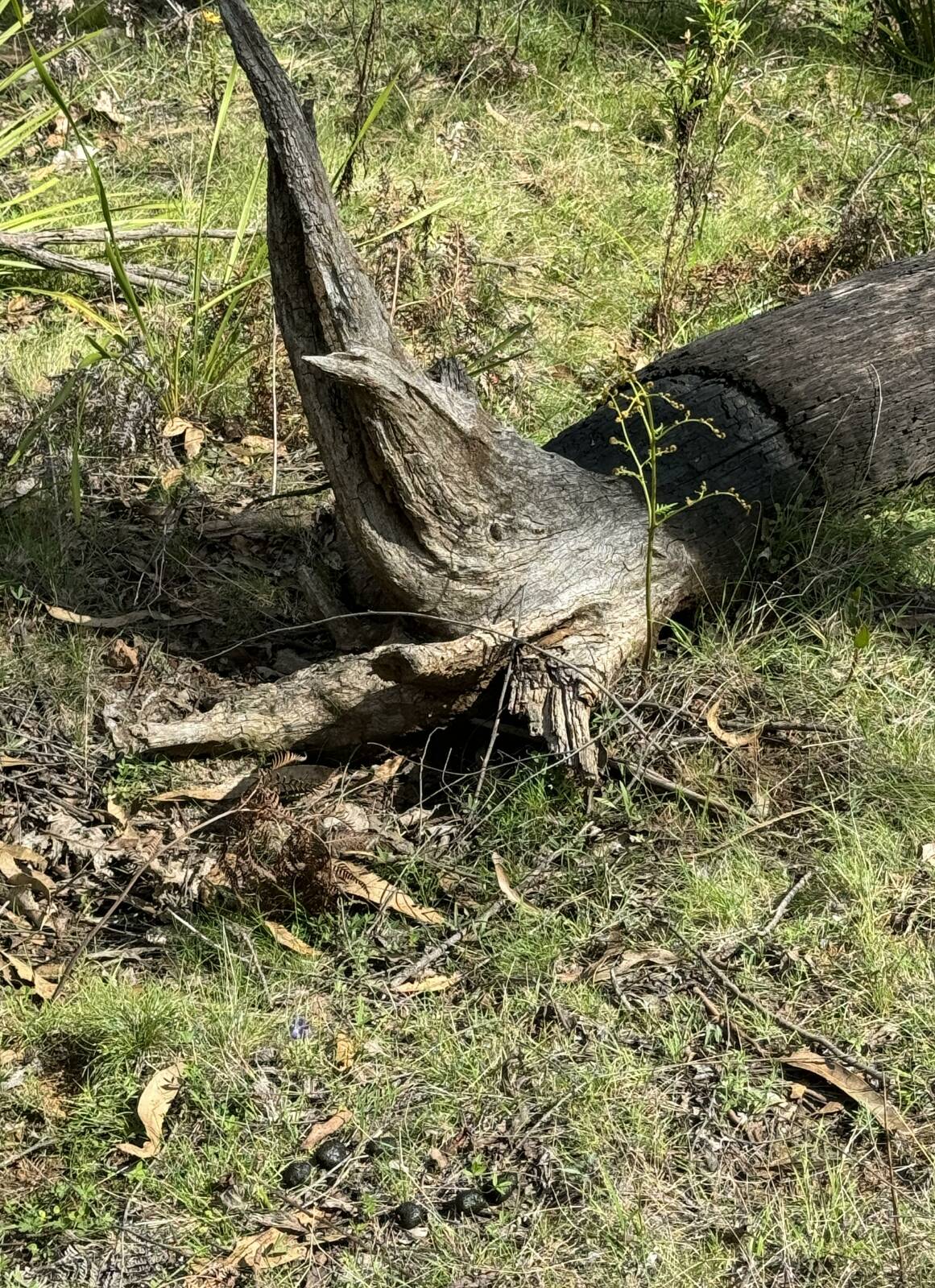
While exploring the former WWII fort site at Big Jack Mountain, I stumbled across this fallen log. Is it just me, or does it resemble a one-horned rhino?







